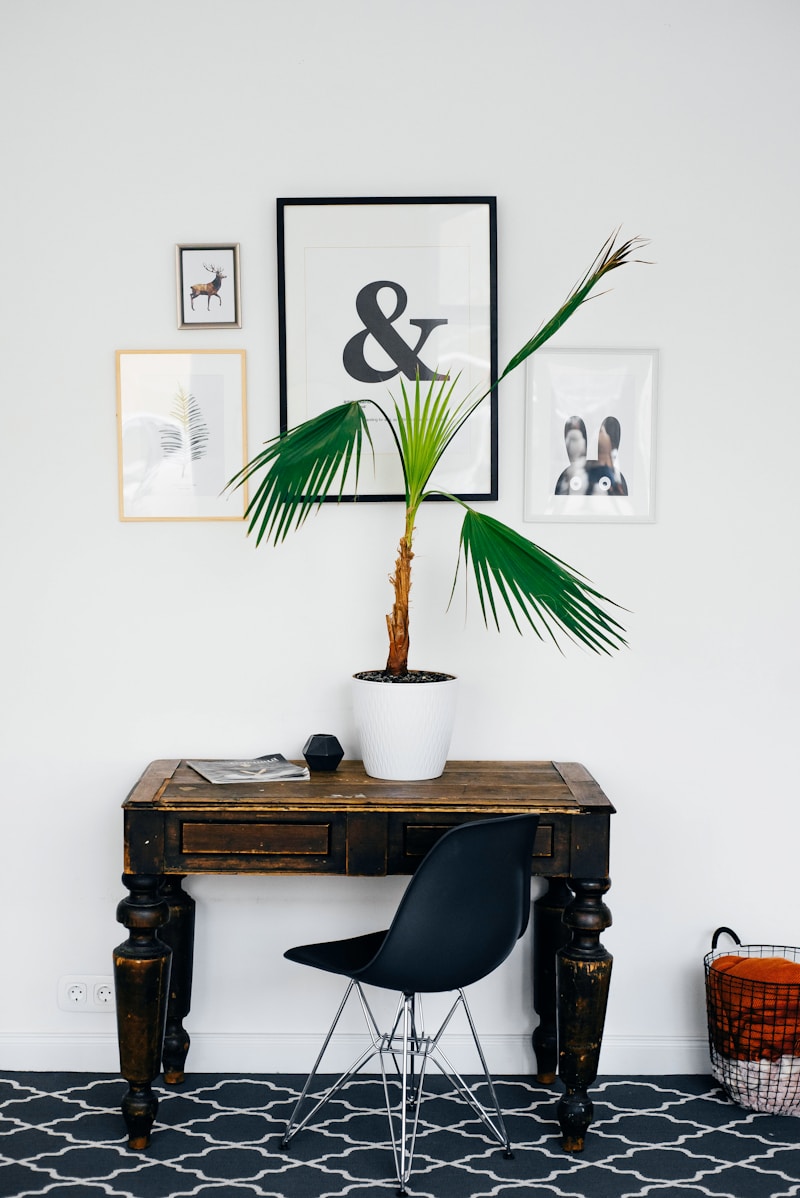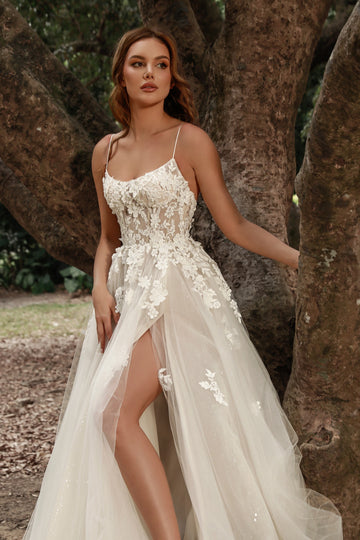Mixing Traditional and Modern Elements: A Harmonious Blend for Contemporary Living
Mixing Traditional and Modern Elements: A Harmonious Blend for Contemporary Living
In today’s dynamic world, the blend of traditional and modern design elements has become a prominent trend in architecture, interior design, and lifestyle. This fusion creates unique spaces that honor the past while embracing the future. In this article, we will explore the various aspects of mixing traditional and modern elements, with a focus on design philosophies, practical applications, and tips for achieving this balance in your own spaces.
Understanding the Concept of Mixing Traditional and Modern Elements
At its core, mixing traditional and modern elements involves integrating characteristics from different design epochs to create a cohesive look. It isn’t merely about juxtaposing old and new; it’s about finding harmony between various styles to enhance aesthetics and functionality. This approach can be seen in various cultures and design practices across the globe.
Why is Mixing Styles Important?
In a rapidly changing world, individuals seek connections to their cultural roots and nostalgia for bygone eras. Combining traditional and modern aesthetics allows us to incorporate personal and cultural stories into our creative endeavors. Here are a few reasons why this design philosophy is gaining popularity:
- Cultural Significance: Many cultures have rich histories reflected in their traditional designs, which can be preserved and celebrated through modern interpretations.
- Personal Expression: Mixing styles allows individuals to express their unique tastes and experiences.
- Functionality: Modern elements often prioritize efficiency and practicality, enhancing the functionality of traditional designs.
Key Elements to Consider When Mixing Styles
Successfully mixing traditional and modern elements requires careful thought and intentionality. Here are some key aspects to consider:
| Element | Traditional Features | Modern Features |
| Materials | Wood, stone, and ceramics | Glass, metal, and composites |
| Colors | Earth tones, rich hues, and pastels | Bold colors, monochrome palettes, and whites |
| Furniture | Ornate, handcrafted pieces | Minimalist, functional designs |
| Patterns | Floral, damask, and intricate designs | Geometric and abstract patterns |
Incorporating Traditional Elements
Traditional elements can serve as the foundation of your design scheme. Here’s how to do it effectively:
- Choose Iconic Pieces: Invest in classic furniture or decor items that define the traditional style you wish to represent. For example, a beautifully carved wooden dining table can serve as a focal point in a modern home.
- Utilize Textiles: Fabrics like brocade, silk, or even handmade quilts can bring warmth and texture to a modern space while connecting to your heritage.
- Art and Decor: Consider incorporating traditional art pieces or crafts that reflect your background. This can be an opportunity to showcase local artisans or historical significance just like a vintage vase or traditional pottery.

Integrating Modern Elements
Modern design emphasizes clean lines, functional spaces, and often a minimalistic approach. Here are some suggestions to introduce modern touches:
- Focus on Functionality: Choose furniture that offers multi-purpose solutions. For instance, a sleek coffee table that doubles as storage aligns with modern principles.
- Play with Light: Large windows and open spaces are hallmarks of modern design. Use natural light to enhance the aesthetic and provide a sense of spaciousness.
- Incorporate Technology: Blending smart home technology seamlessly into your design can modernize traditional setups — think smart thermostats or voice-activated lighting.
Practical Tips for Achieving a Balanced Look
Creating the perfect balance of traditional and modern elements can be tricky. Here are some practical tips to guide you:
Start Small
If you're new to mixing styles, consider starting with smaller areas or pieces. Introduce a modern art piece in a traditionally styled room, or swap out a traditional lamp with a contemporary one.
Find a Common Theme
Establishing a color palette or design motif can create cohesion. For instance, if your traditional pieces are rich in brown and gold, opt for modern decor that complements these colors without overwhelming them.
Embrace Contrast
Don’t be afraid to play with contrasts. A sleek modern chair next to a rustic wooden table can create a striking visual appeal that keeps the eye moving and engaged.
Case Studies of Successful Blends
Many renowned designers and architects have successfully blended traditional and modern styles. Here are a few notable examples:
- Frank Lloyd Wright: Known for merging nature with architecture, Wright often utilized traditional elements in a modern context, exemplifying harmony in design.
- Studio McGee: This design team frequently combines modern minimalism with traditional craftsmanship, creating inviting spaces that feel lived in yet stylish.
- Tadao Ando: Renowned for his use of concrete and light, Ando’s works often reflect traditional Japanese aesthetics harmonized with modern principles.
Conclusion: The Art of Blending
Mixing traditional and modern elements is not just a trend; it is an art form that allows individuals to express their heritage while adapting to contemporary living. By thoughtfully selecting materials, colors, and forms, you can create a space that resonates with both the past and the present. Remember, the key to successfully blending these styles lies in finding balance, embracing contrasts, and celebrating the stories behind the elements you choose. As you embark on your design journey, take your time to experiment and enjoy the creative process — after all, a well-designed space is a reflection of who you are.
Finally, whether you are redecorating your home, redesigning an office space, or simply looking to refresh your environment, consider how you can incorporate both traditional and modern elements to create a distinctive and harmonious design. Happy decorating!
